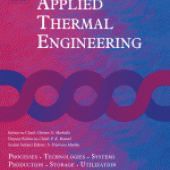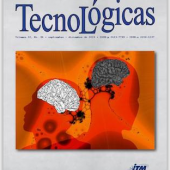Experimental and numerical study of the effect of water injection into the reaction zone of a flameless combustion furnace
The effect of water injection on the stability and emissions of a flameless combustion regime was evaluated. Flameless combustion operation was studied without self-regeneration, with self- regeneration, and with combustion air oxygen enrichment. For each case, increasing water flows were injected until the combustion regime was unstable. The evaluation criteria were temperature uniformity and pollutant emissions of species such as carbon monoxide and nitrogen oxide.





